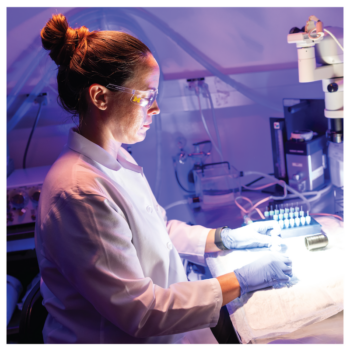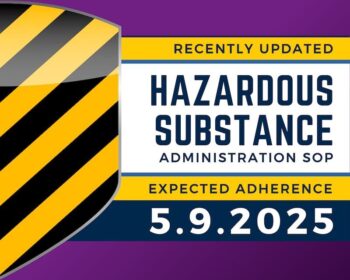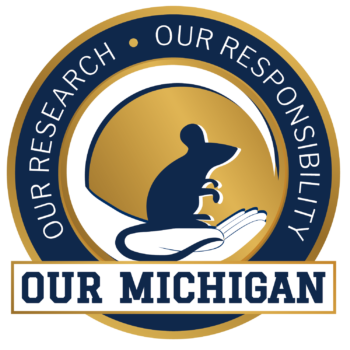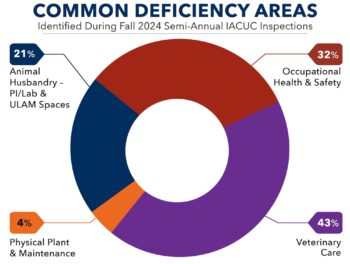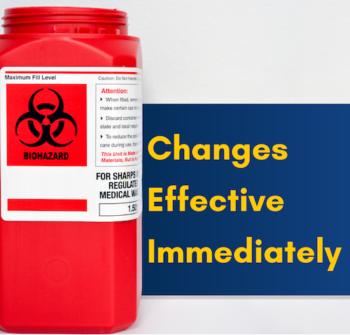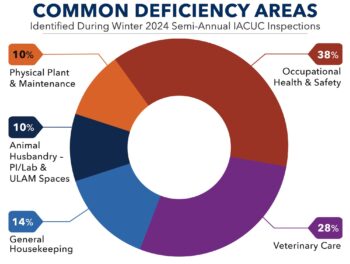Make Safety a Habit by Regularly Reviewing, Sharing EHS Safety Findings
Everyone who contributes to research at the University of Michigan should rightfully expect a safe, healthy, and secure working environment. To ensure that personnel are protected to the greatest extent possible, Principal Investigators (PIs) are required to identify all hazardous materials and operations that MAY be used on their animal use protocol. The U-M Department ...
